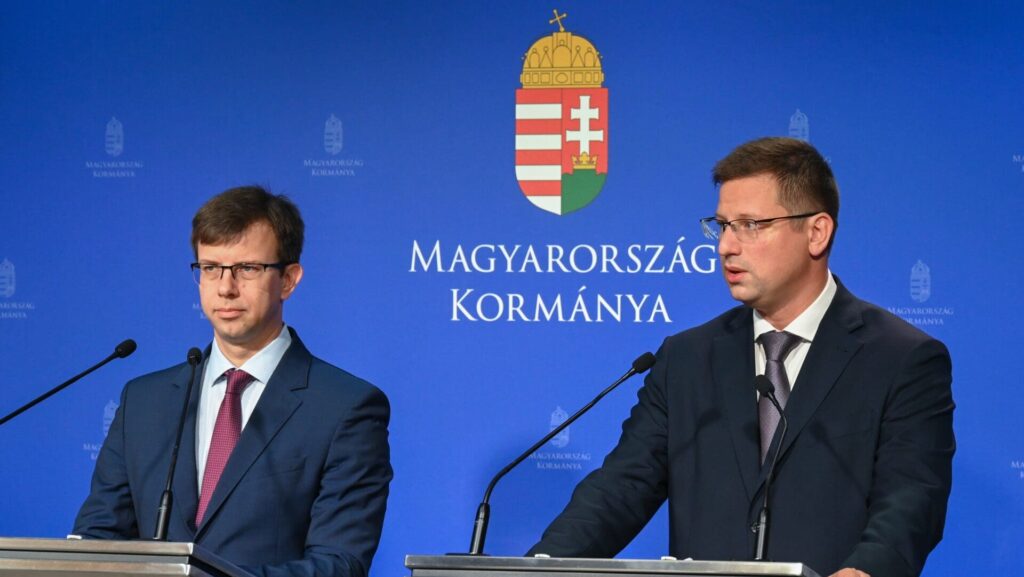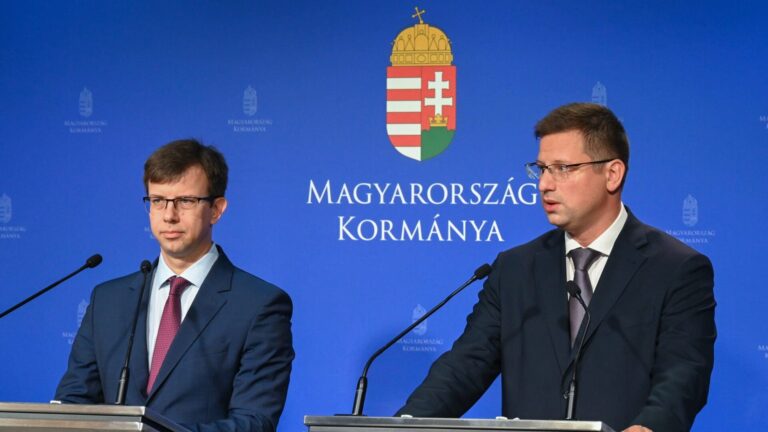After a transitory shock in the 1990s, Hungary went through a dynamic economic growth until 2006. The slowdown in growth rates was worsened by the 2008 financial crisis, which caused a great recession in the country and the rest of the world. Since 2010, Hungary has been gradually developing economically again. Between 2010 and 2020, the GDP per capita of Hungary increased from 66 per cent to 74 per cent of the average GDP per capita of the 27 countries of the European Union, which is a considerable convergence compared to the EU average.[1] Current growth patterns, however, are different from the ones observed before the crisis. Before 2008, Budapest and Pest county were characterized by the most dynamic economic development, thereby, strengthening a century-long economic unevenness between the oversized capital and small regional centres. Since 2010, on the other hand, the growth of the capital and Pest is relatively slow, and (in terms of the speed of growth) Western Hungarian counties (mostly Győr-Moson-Sopron, Komárom-Esztergom, Fejér and Vas) took over. While the strengthening of regional centres is a positive development, Northern Hungarian and Southern Transdanubian counties are being left behind – these regions of Hungary are the slowest growing parts of the country.
While Budapest does not have the highest growth rates in the country, in terms of GDP per capita, it is still the leading city in Hungary. The GDP per capita of Budapest is twice the size of the average GDP per capita of the country. On the regional level Northern Hungarian counties and Somogy performs the worst on GDP per capita – their GDP per capita is only between 50 to 70 per cent of the national average. The GDP per capita of the worst performing county, Nógrád is only 45 per cent of the Hungarian national average. Such low levels of GDP per capita in these Northern Hungarian regions is particularly worrying in light of their decreasing population. These counties are subject to the biggest population loss in the country; both due to internal migration and population decline.
While the overall population of the country is expected to decrease, the more economically successful regions might grow in numbers due to internal migration
The uneven growth of Hungarian regions has an impact on internal migration too. While the overall population of the country is expected to decrease, the more economically successful regions might grow in numbers due to internal migration. Fejér, Pest and Komárom-Esztergom are expected to experience a slight growth in their population, while other parts of the country are predicted to lose between 7 to 25 per cent of their population (both due to internal migration and to population decline).[2] The least economically developed regions (Borsod-Abaúj-Zemplén, Szabolcs-Szatmár-Bereg, Békés and Nógrád) are hit by internal migration the most. As more people move in the suburbs, Budapest is also experiencing a population decline – between 2018 and 2019 the internal migration deficit of Budapest increased from 3117 person to 5698 person[3], which might also slightly contribute to decreasing the unevenness between Budapest and the rest of the country.
Budapest still counts as an oversized city in Hungary; however, its leading role was somewhat moderated over the last couple of years. The moderation of Budapest’s role is largely due to the high share of infrastructure related public investments which developed Hungarian regions more than the capital. Between 2010 and 2022, 80 per cent of the 23.5 trillion HUF public investments was devoted to the infrastructure. [4] As a result, only 23.9 per cent of the Hungarian construction industry and 17.8 per cent of industry is concentrated in Budapest. The relatively low share of these sectors represents a moderation in the capital city’s predominance. On the other hand, 73.2 per cent of the Hungarian ICT (information communication technology) sector and 78.8 per cent of the Hungarian financial sector is still centred around Budapest, therefore—despite some moderation in its importance —the capital’s role in the national economy should not be underestimated either. [5] Since regional differences (as demonstrated above) are considerable in Hungary (especially Budapest – rural and the developed West – underdeveloped Northern counties divide) moderating the economic significance of Budapest by developing regional centres might be considered to be a reasonable proposition. Developing other parts of the country and especially converging Northern Hungary is indispensable to create a sustainable growth path for the country.
[1] Zsibók, Zsuzsanna: ’Kiderült, melyik megyéket viselte meg legjobban a koronavírus-válság’, Portfolio, (2022), https://www.portfolio.hu/krtk/20220407/kiderult-melyik-megyeket-viselte-meg-legjobban-a-koronavirus-valsag-537677, accessed 05.19.2022.
[2] Zsibók, Zsuzsanna: ’Minden marad a régiben? Regionalizált növekedési pályák Magyarországon’, Területi Statisztika, 59(3), (2019), 255.
[3] ’Belföldi vándorlás’, KSH, (2020), https://www.ksh.hu/sdg/1-3-sdg-10.html, accessed 05.19.2022.
[4] ’Lázár János: nem Budapest kap kevesebbet, hanem a vidék többet’, Pénzcentrum, (2022), https://www.penzcentrum.hu/gazdasag/20220519/lazar-janos-nem-budapest-kap-kevesebbet-hanem-a-videk-tobbet-1125049#, accessed 05.19.2022.
[5] ’Enyhülni látszik Magyarország vízfejproblémája’, Világgazdaság, (2020), https://www.vg.hu/vilaggazdasag-magyar-gazdasag/2020/01/enyhulni-latszik-magyarorszag-vizfejproblemaja-2, accessed 05.19.2022.








